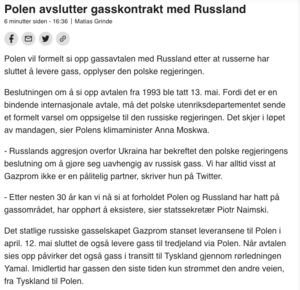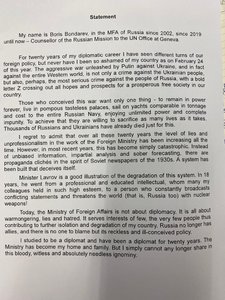Despite Russia and Ukraine being predominantly collectivist societies (in all systems of cross-cultural analysis), collectivism in these countries manifests differently and the level of individualism dimension is also different.
Research shows that, in Ukrainian culture both individualism and collectivism dimensions are prominent, though collectivism still dominates. In Russian culture, individualism dimension manifests significantly weaker, and the collectivism dimension is dominant and ‘vertical’.
Ukrainians, on the one hand, are focused on gaining status (as means of differentiation from others) and on personal interests. On the other hand, balanced coexistence, and synchronized goals with members of the group, belonging to which improves one’s quality of life are important. Notably, preparedness to sacrifice one’s interests in favor of those of the group (no matter how relevant) is always an conscious, not ‘automatic’ choice. In this form of collectivism, members of other groups, irrelevant to the individual, are ‘out-groups’, but not necessarily ‘enemies’.
Russians demonstrate notably higher manifestations of collectivism than individualism, with different form of collectivism dimension. It’s not only important to differentiate from others, but also to dominate (to the point of coercion and violence) over the group members located lower in the group’s hierarchy. Gaining higher status gives access to more beneficial interaction and support opportunities with people of comparable status. Individualism dimension in this society has limited manifestation – predominantly with those on the higher hierarchical levels, meaning that one has to ‘deserve’ and ‘earn’ the right to self-express and have own desires. In such a culture, sacrificing one’s interests in favor of those of the group is the norm and is expected by default.
In this form of collectivism, members of other groups, irrelevant to the individuals, are not just ‘out-groups’, but are frequently perceived as ‘enemies’.







